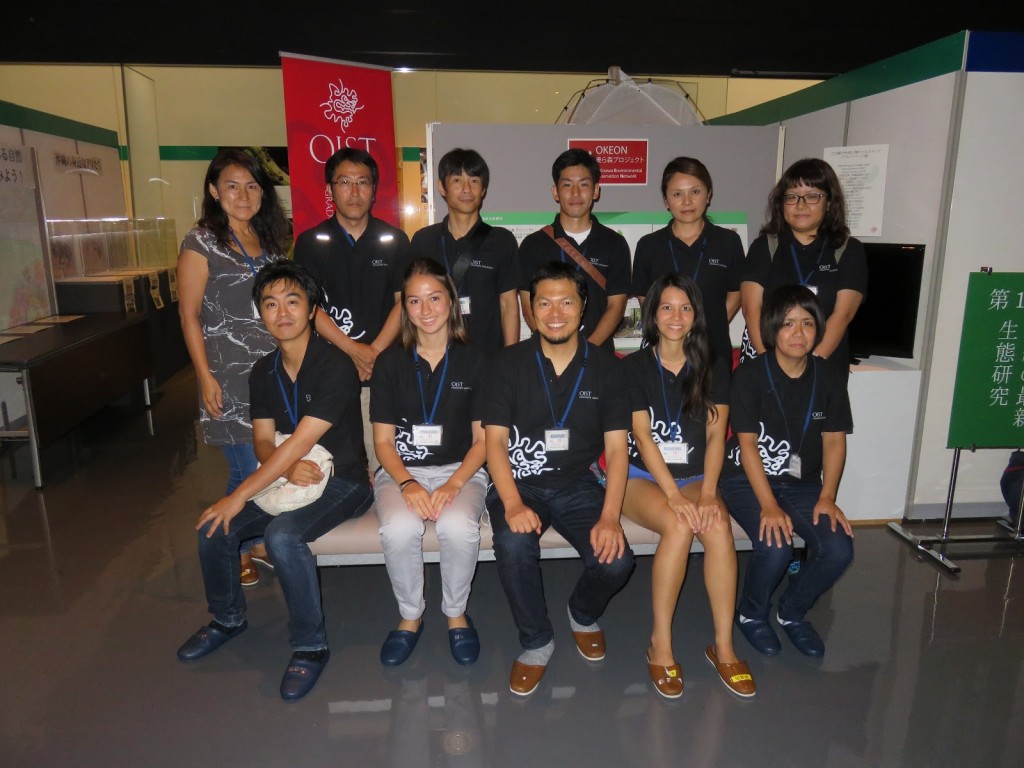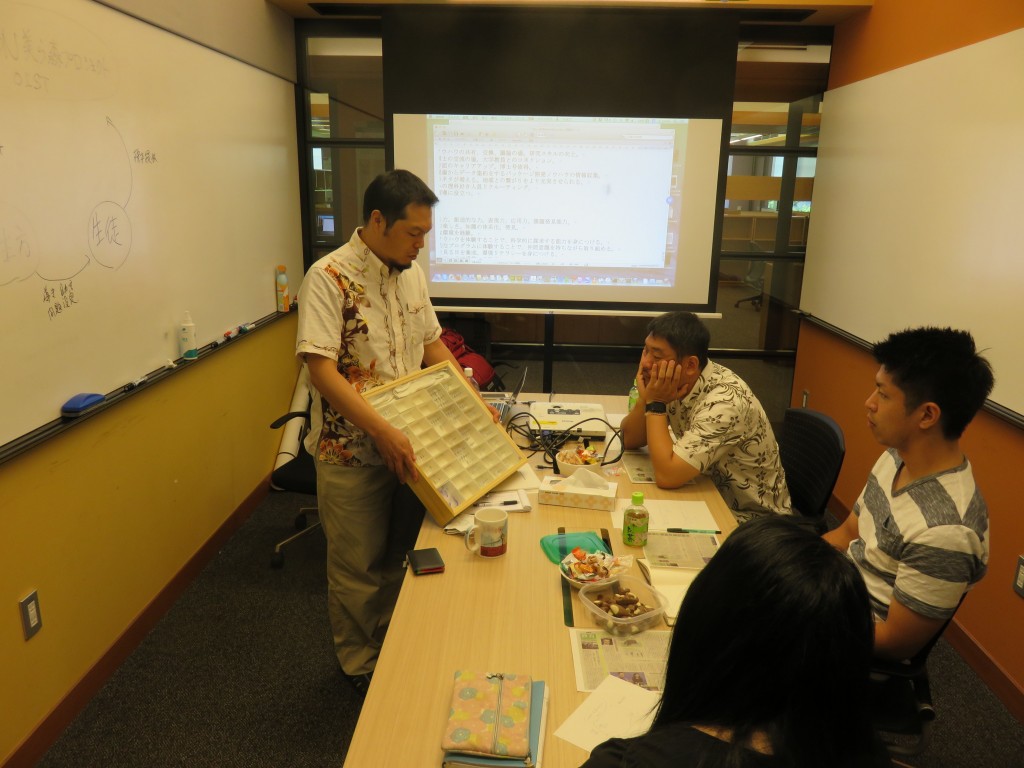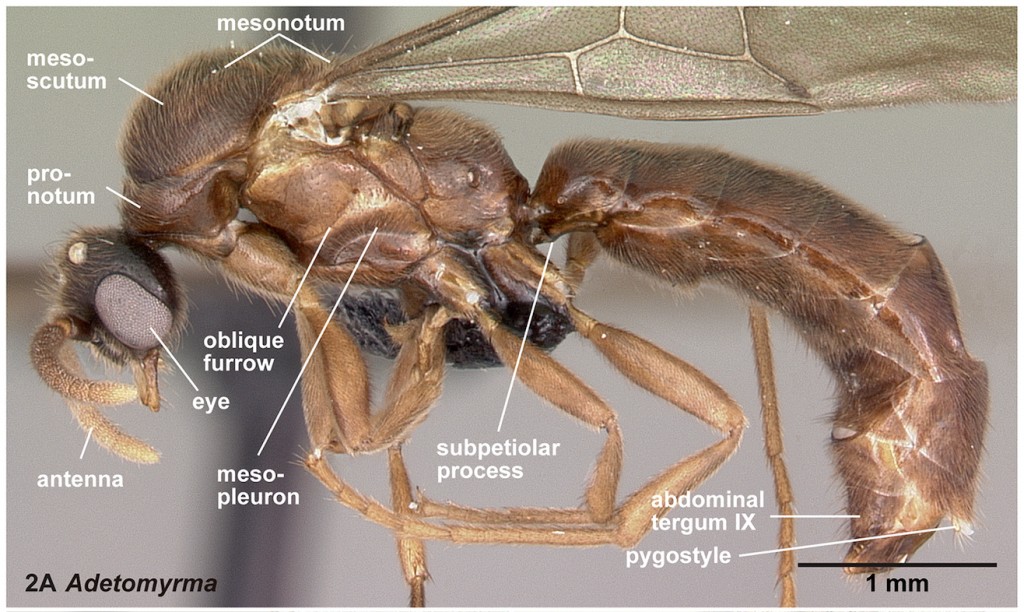



Biodiversity & Biocomplexity Unit, Okinawa Institute of Science & Technology Graduate University





Please contact the Media Section (media@oist.jp) to watch the video.
(Announced by the OIST Media Section)

「OKEON美ら森プロジェクト」における高大連携の取り組みとして、沖縄本島内の高校生物の先生方を対象に、ワークショップを開催しました。今回のテーマは、「研究者、先生方、そして生徒、三者が得する高大連携の取り組みを考える」。先生方とそれぞれの目当てや視点を共有することで、みんなにプラスになる取り組みをしたいと考えました。今回は、普天間高校、読谷高校、首里高校から先生方が参加。
当日は先生方と活発な議論が行え、今後の取組への新しいアイデアも出て、有意義なワークショップとなりました。この様子の一部は、6月23日の沖縄テレビ、夕方のニュース特集「河川・環境シリーズ」で放映されました。
We organized a workshop at OIST for Okinwan local high school biology teachers as a networking activity for the OKEON Chura-mori Project. Participants were teachers from Futenma, Yomintan, and Shuri high schools. The theme of the workshop was “How can we create a win-win relationship through University-high school collaboration?” We had a good brainstorming session and shared many ideas. Part of the workshop was broadcasted on local Okinawa news.

Tricks to find creatures
(Written by Masashi Yoshimura, translated by OIST)
It’s become more frequent for me to go deep into forests in Okinawa since I joined the natural environmental research called OKEON Project. Throughout Japan, there are approximately 300 ant species, of which one-third of them inhabit on the main island of Okinawa. One can imagine how bustling its forests are and how easy to encounter a variety of unnamed species without an effort once you are there. Unfortunately, that seems to be different in reality. Subtropical forests look rather barren with the floor devoid of fallen leaves. This doesn’t mean we don’t come across creatures at all. It would be perhaps more correct to say that they are not “in our sight” despite of their frequent presence.
It requires a little bit of training and experience to spot something you want to find in the forests. Looking for living creatures blended well with forests, you need to use your ears that can distinguish quiet sounds, nose that detects smells, as well as eyes that can identify the traces left by targeted creatures. With a little bit more experience, the forests become a completely different place than before.
My peer on the project said to me, “There is difference between what Yoshimura-san and I see, even though we are walking together in the same place in the forest.”
Here is an interesting fact. Depending on what you wish to find, the weight of your senses shift from one to another. If you acquire the technique to recognize birds, wild animals, lizards, frogs, fish, ants, flowers, fern, mushrooms and others, the forests will become richer in color. It’s not just about animals. With a wider view, the forests become much more exciting and appealing than artificial theme parks. In the forests, there is always a surprise when you encounter those creatures by chance, and you’re thrilled.
The technique to really see things will make even your ordinary neighborhood a place with abundant creatures. As much as Yanbaru, northern part of the island, shrubs in your village is also part of the rich natural environment.
June 10, 2016, Page 12, Ryukyu Shimpo
The original column can be found here
 (Image Source: Yoshimura and Fisher 2012)
(Image Source: Yoshimura and Fisher 2012)
Our staff scientist, Dr. Masashi Yoshimura, writes a monthly column for Ryukyu Shinpo on the topics of ants and the OKEON project. In the first column, Yoshi introduced the subjects of ants on Okinawa as well as the OKEON project. He also gave a brief history of how he first came about studying ants. Below is the content of the second column translated from Japanese, and the original articles can be found here (column 1, column 2).
The World of Male Ants No One Knows about
By Masashi Yoshimura, translated by OIST
Now is the best season for late night shopping. You can see numerous bugs and insects attracted to the light coming through the windows of supermarkets and convenience stores. Squinting at the mass, I can identify the ones I’ve been looking for; male ants. Among other insects, male ants are best-known for growing wings only at the time of emigrating from one nest site to another to disperse their offspring as far as they can. Compared to female ants, the appearance of male ants looks much more similar to that of a bee than an ant. This is the area of my expertise: bee-looking male ants.
Because of their distinguishingly “out-of-stereotype” appearances, much of their world still remain elusive as it is hard even to identify their types. It is one of the area overlooked for many years in ant studies. After the launch of my project, I have encountered a host of unresolved issues, as expected. The first ten years of the project were marked by much of the fumbling in the dark, struggling to find some guidance.
Despite the difficulties, I could still take this audacious step no one had ever taken before. Indeed, it helped me enter into the world of scientific research (I was teaching at middle school at the time). Despite I spoke little English then, I landed a job in the US. Instead of being a “jack of all trades”, it was more important to be “one and only.” Since I was allergic to English when I was a student, conducting research in another language presented many challenges to me. Steeped in research, however, it was a bit surprising that I never felt daunted by these challenges.
When I was in the US, through a word of mouth, I learned about OIST as an international research institution in Okinawa. I made up my mind to move back to Japan with the hope to be of some use. Instead, I’ve been given a lot of help from people in Okinawa, which underpins my daily research activities. Through the “OKEON Project,” we work to identify and understand change in the nature, so that the future will be more sustainable. Realizing the extent of the project, it requires all of our experiences mobilized in an effort to persistently pursue our goal.